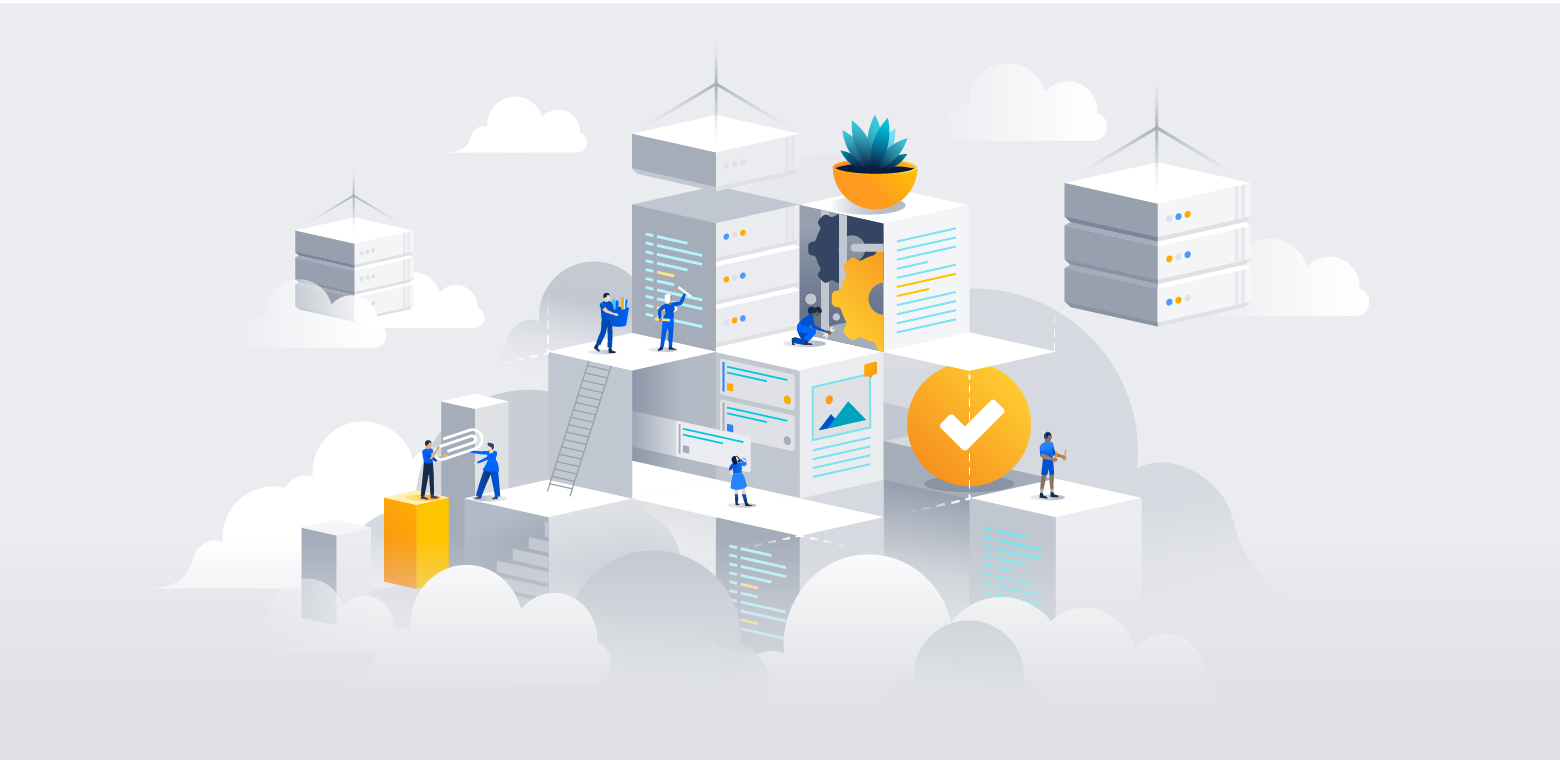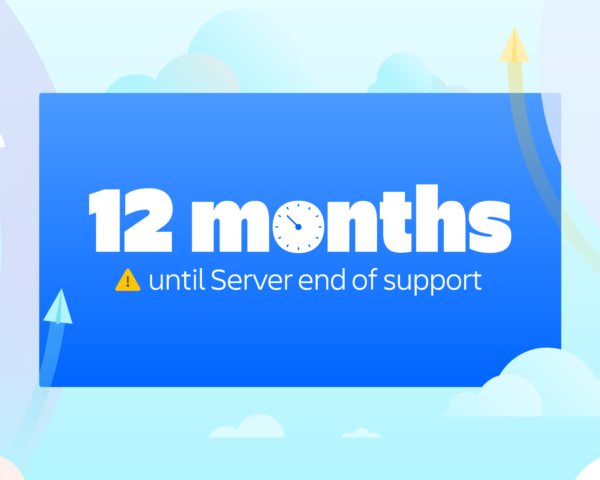The biggest difference between server and cloud
It’s all about innovation and speed.
We’re more than a decade into the SaaS revolution, and again the game is changing.
The first SaaS applications were designed to complement and augment existing on-premise applications. But in a recent report entitled Benchmark Your Enterprise Cloud Adoption, Forrester predicts the next generation of SaaS products will finally replace on-premise systems.
According to the report, cloud is no longer a differentiator, but rather a strategic requirement for long-term success. SaaS applications are now standard, business-critical tools – not just an alternative hosting option for software. SaaS products are fundamentally different from on-prem solutions, partially because their administration and infrastructure management is handled by the application vendor, increasing the capacity of internal IT teams to focus more strategically.
The Forrester outlook is clear: with the world moving to majority cloud products, IT teams need to examine their ecosystems to determine where their efforts are best spent, and which SaaS vendors can extend IT team capacity by augmenting operational tasks.
At Atlassian, we’ve seen first-hand how the power of cloud can transform entire industries from the inside out. In fact, 95 percent of our new customers choose cloud, and we have more than 160,000 cloud customers – and counting. We’re so confident cloud is the future that we’re retiring our self-managed server offerings in 2024 and focusing our energy and investment on improving innovation and security in cloud. (Check out our roadmap to see what’s coming soon.)
At the same time, we understand that every company is moving at its own pace on their journey to cloud. No matter where you are on that journey, we have a solution that will meet you there.
Below, we’ll outline the key reasons customers are choosing cloud, as well as a few specific use cases where customers should consider Data Center solutions before moving to the cloud.
Cloud vs. server: which is right for your team?
Our cloud and server products both help teams achieve better collaboration and greater transparency, but it’s important to recognize that they’re built with different codebases, features, and benefits.
Let’s get into some of the key differentiators driving more and more teams towards cloud.
Performance and speed: better in cloud
Cloud products are designed to help teams get up and running quickly, with limited administrative overhead. In cloud, data storage, servers, and maintenance are managed for you to help lower setup costs and improve productivity. Updates are rolled out automatically in small feature-flagged releases, so your team always has the latest features, bug fixes, and security patches – without downtime or disruption.
Cloud infrastructure also leverages best-in-class core technologies, like AWS, to maintain reliability and scale with your organization’s growing performance needs.
Innovation: better in cloud
Our cloud products also include several top-requested features that are unavailable on server versions, including Jira roadmaps, Confluence analytics, improved notifications, and more. Additionally, you get access to 1,000+ Marketplace apps and integrations, which provide seamless in-app experiences across hundreds of leading SaaS applications.
Maintenance and security: better in cloud
Cloud is more than a deployment option, it’s software as a service. This means you receive a variety of ongoing benefits in partnership with your software vendor as part of your subscription cost.
At Atlassian, this includes maintenance, security, and compliance benefits such as:
- Encryption – Your data is protected by numerous security controls, including encryption in transit and at rest.
- Compliance – Atlassian certifies with SOC2, SOC3, ISO 27001, ISO 27018, PCI DSS, and more so you can verify that your company and customer data is secure.
- Privacy – We’ve invested heavily in GDPR and Privacy Shield to ensure your data is handled with the utmost care, and your organization meets its privacy obligations.
Atlassian cloud licenses are purchased on a tiered or per-user basis, so you only pay for what you use. Cloud subscriptions also include access to new features as soon as they are available, bug fixes, support, and more.
Teams who want industry-leading security, performance, and features right out of the box with limited administrative overhead should choose cloud.
Control and customization: better in server and Data Center
While cloud provides greater innovation and speed, some teams need full control over their data and hosting infrastructure and choose server or data center deployment. These products are deployed on internal machines behind your firewall, which may be important if you require strict data localization where information is kept within a local country or region. In Australia, for example, health data must be kept within the country. We also find some customers require an “air wall,” or the ability to physically isolate their machines from any outside network. This is most common in government and financial industries, such as stock exchanges.
New and upcoming features on our cloud roadmap, such as data residency and HIPAA compliance, will ensure cloud is ready for all customer needs by 2024. In the meantime, some customers are choosing to stay on server or migrate to Data Center to maintain these controls.
With server, and now Data Center, you also have the ability to control the scheduling, installation, and testing of new software updates. This is beneficial for organizations that need to control the cadence of updates against any potential downtime that could impact teams and projects. This also helps them control when new features are introduced and avoid unexpected changes. And while all updates come with some downtime (often outside of working hours) we provide guides that can help minimize this disruption.
Tip
Still on the fence about cloud vs. Data Center? Compare the benefits side-by-side.
Building for your future
Whatever you choose, our commitment is to build tools for every team. If you’re considering a server to cloud migration, we can help. The Cloud Migration Center is a central hub to connect you with our dedicated support specialists, migration resources, and other planning guides to ensure your success, including a free extended cloud trial for existing server customers.


